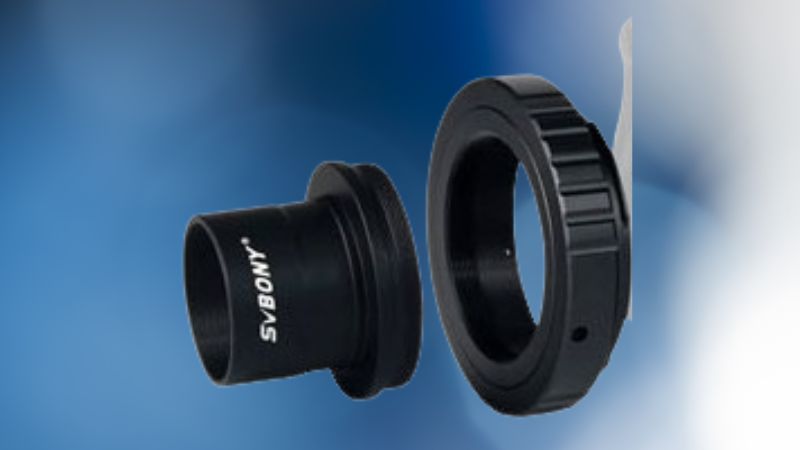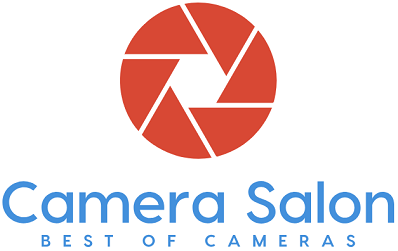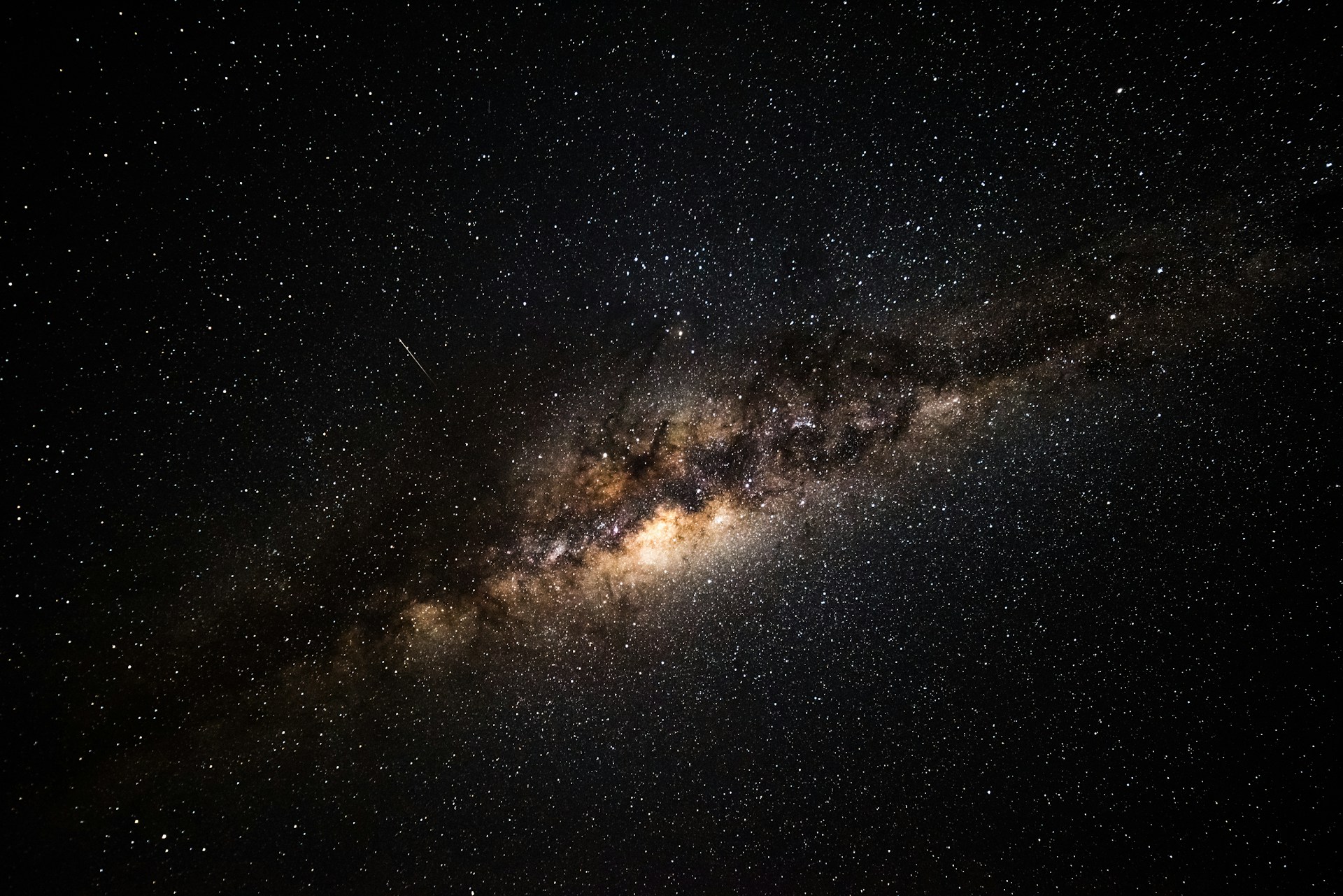You can buy an astrophotography camera if you want to take photos of the sky and stars. However, you do not need to spend extra money on a new camera if you already have a telescope and a good digital camera from brands like Canon or Nikon. All you have to do is attach your camera to the telescope and you are good to go. It is quite easy as well and therefore, we are going to explain how to attach camera to telescope in this guide.
Connecting a camera to a telescope allows you to use the eyepiece projection method to shoot the planets. Similarly, it is necessary if you want to use a prime-focus adapter to photograph nebulas and galaxies deep in space.
How to Connect a DSLR Camera to a Telescope?
DSLR is the best kind of camera to capture images of stars, constellations, galaxies, and nebulas. As mentioned above, it is particularly easy to connect your camera to a telescope. However, you must have a full understanding of how your telescope works before venturing into astrophotography.
You need to use a T-Ring to connect your DSLR camera to a telescope. You can install a T-Ring just like a camera lens. Similarly, an adapter will lock into the T-Ring. Subsequently, you have to insert the prime focus adapter into the telescope’s focus tube just like an eyepiece.
Keep in mind that not every T-Ring is compatible with every digital camera. It must have the same mount as that of your camera otherwise it will not properly lock onto it. Then, you will either use a 1.25” or 2” nose-piece or barrel to fasten the threaded adapter with your T-Ring and the camera.
Lock the adapter in the focus drawtube of the telescope to avoid camera movements and shakes. Most telescopes have locking screws for their eyepieces to hold them or the camera in place.
Your camera can fall when you point the telescope upwards if it is improperly fastened to the focus tube. Heavier cameras put more pressure on the focus tube and thus, proper care should be taken for them.
This method does not only connect Canon DSLR to a telescope but all other DSLRs as well.
You can also directly attach your camera to a telescope using T-Ring, especially those made for astrophotography. This setup provides the highest level of security and is best for deep sky astrophotography.

Different Methods for Astrophotography
You must use the prime-focus method if you want to take images of deep sky. However, ensure that the camera does not have a Barlow Lens or an eyepiece in front of it. It means you will be capturing the sky using the native fixed focal length of your telescope.
On the other hand, you must employ the eyepiece projection technique for photographing smaller objects such as the moon or the planets. It is especially necessary for higher magnifications. In this method, you install an eyepiece between the telescope and the camera using an eyepiece projection adapter.
Amateur photographers commonly thread the T-Ring directly to the dedicated filed reducer or flattener. It helps you reduce the magnification or flatten the telescope’s field of view.
The field flattener comes with extra glass optical elements, especially for the refractor telescopes. It normally has a diameter of 2 inches. You insert it into the eyepiece opening of the focus drawtube.
How Can You Attach a Camera to a Telescope?
The following lines explain the various stages of attaching a camera to a telescope.
- Remove the lens of your DSLR or mirrorless camera
- Now thread the T-Ring, compatible with your camera, just like you mount your lens
- Some T-Rings also have a red indicator. It should be aligned with the red indicator on your camera’s body
- Once properly locked, the T-Ring will produce the sound of a “click” indicating it has locked into the place
- Now, thread the T-Ring adapter to the T-Ring
- The T-Ring adapter enables you to thread the T-Ring or camera into the focuser of your telescope
- The standard size of the T-Ring adapter nose piece is 1.25” and 2”. You have to choose according to the opening size of your telescope focuser
- Most T-Ring adapters have a size of 2” whereas smaller eyepieces or barrels have a size of 1.25”
You can now use the native focal length of your telescope instead of your camera to capture the sky. For example, your camera will have a focal length of 200 mm if the focal length of the telescope is 200 mm as well. However, the APS-C-sized sensors will have a crop factor of 1.6x, somewhat reducing the magnification. Full-frame cameras, on the other hand, allow you to use the full magnification of the telescope.
You should also use a remote shutter release cable while taking images with a telescope and a camera. You do not need to touch the camera if you have this accessory. Similarly, it can also set the camera to take multiple shots on its own.
The following video by AstroBackyard explains how to attach camera to telescope in detail.
Merits and Demerits of Using a Telescope
Advantages of Using a Telescope Instead of a Camera Lens
Using a telescope instead of a camera lens to take photos of the stars and planets offers a lot of benefits. Some of these benefits are as below
- Telescopes have longer focal lengths compared to lenses
- Telescopes are comparatively cheaper
- They better focus on starts thanks to dedicated precision focusers
- They support a wide variety of telescope mounts thanks to the dovetail mounting rails
- They make it easy to mount guide scope (autoguiding) and other accessories
- Telescopes are specially designed for astrophotography and have built-in dew shields, internal baffles, etc.
Advantages of Using a Camera Lens instead of a Telescope
The following are some of the benefits of using a camera lens for astrophotography.
- You do not need additional adapters to attach the lens to your camera
- They offer excellent design and high-quality construction
- Some lenses have extremely fast optics with shutters of F/4 and even lower
- They are compact, lightweight, and portable
Also Read: How To Attach Canon Camera Strap The Right Way?
Frequently Asked Questions
How do you focus a camera attached to a telescope?
Attaching a camera to a telescope means you will be using the native focal length of the telescope. All you have to do to focus is turn the focuser knob until you focus on the object. Most amateur photographers use telescopes with 10-1 focusers and dual speed. Similarly, they can also lock the focuser in place.
Can you use a DSLR camera with a telescope?
Yes, you can connect a DSLR camera to a telescope. You just need a T-Ring and a T-Ring adapter to accomplish the task. DSLR cameras do not need a lot of cables to work as well.
Can you use a webcam on a telescope?
You can attach a webcam to a telescope. However, it does not offer the required focusing if connected to a telescope. You may need additional accessories such as a Barlow lens. The lens will provide extra magnification for planets like Saturn and Jupiter.
How do I choose a telescope camera?
The most important factor to consider while choosing a telescope camera is Pixel-scale. However, you must take other factors into account as well such as sensitivity, sensor size, anti blooming, read noise, etc.
Is a telescope better than a camera lens?
A telescope is better than a camera lens when it comes to focusing. It makes focusing much easier than a camera lens. It offers a much greater range near infinity besides having a more accurate and slower focus. It can also focus using a filter. You can always insert a 2” filter in the telescope somehow.
Final Thoughts
Now, you know how to attach camera to telescope. You must understand the process if you want to take stunning images of the planets, stars, and galaxies. A telescope is a wonderful option for astrophotography and offers endless opportunities and enjoyment.

